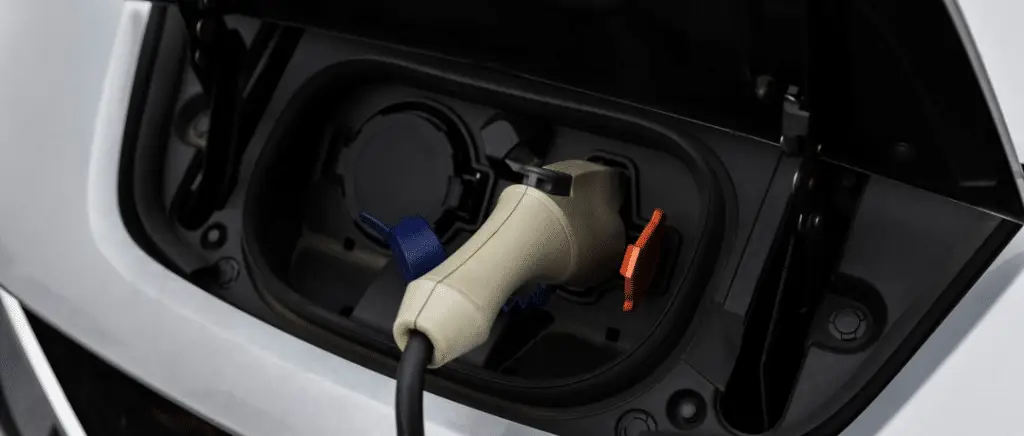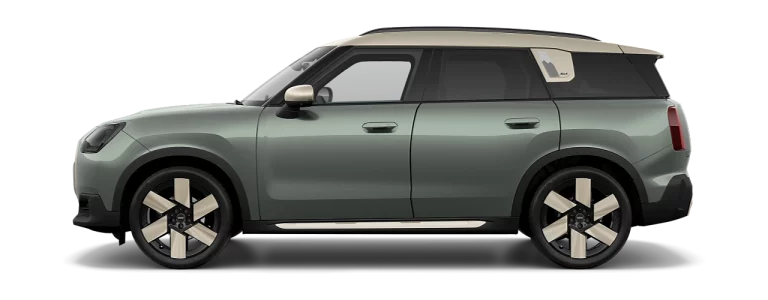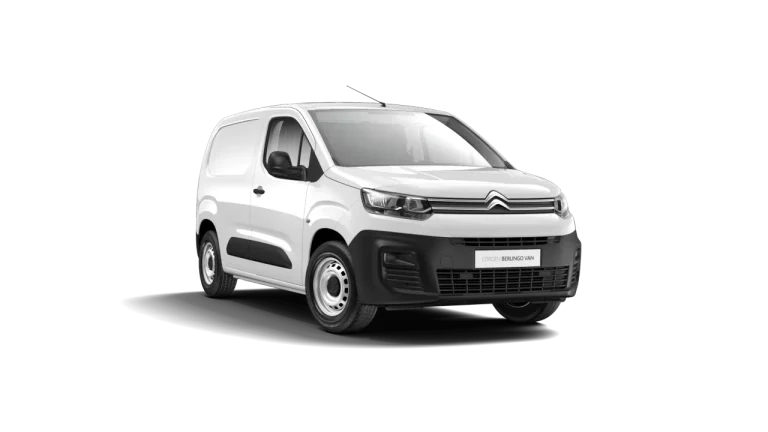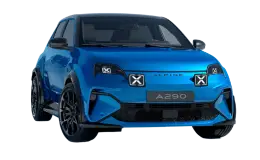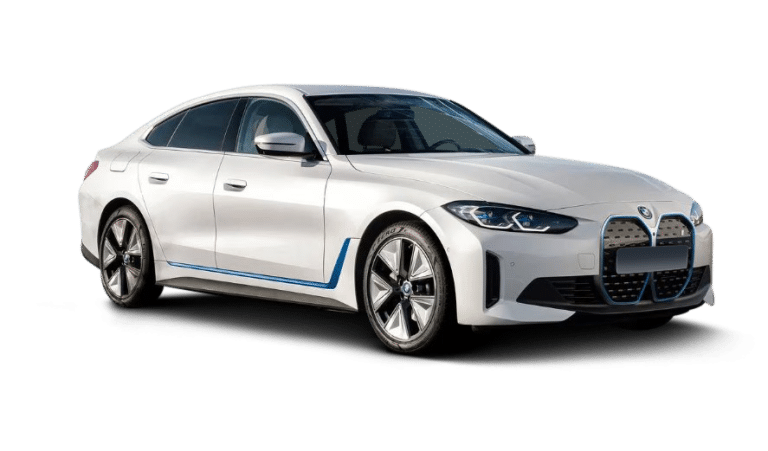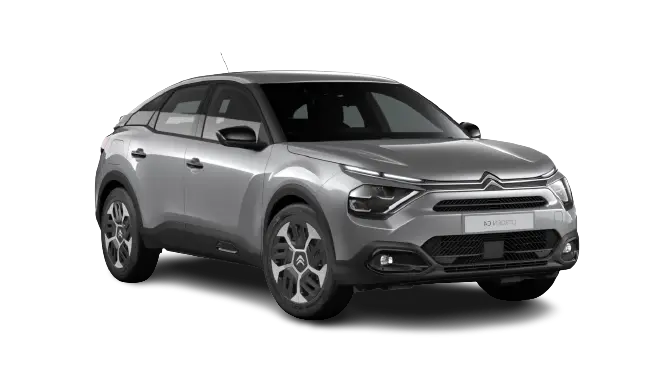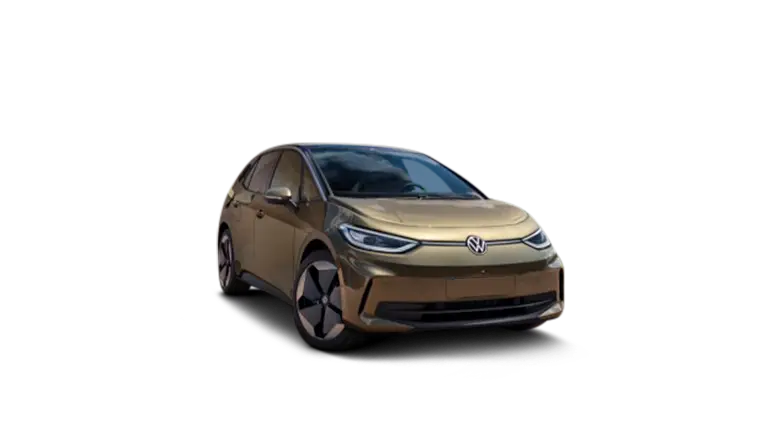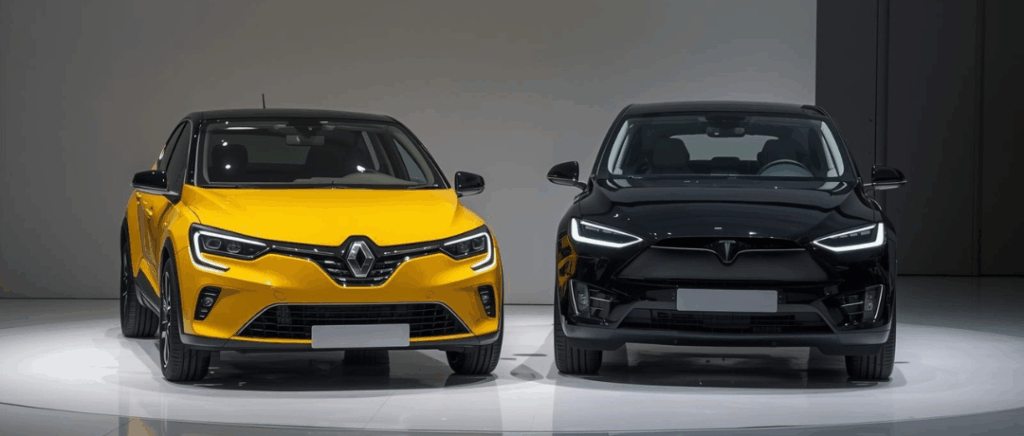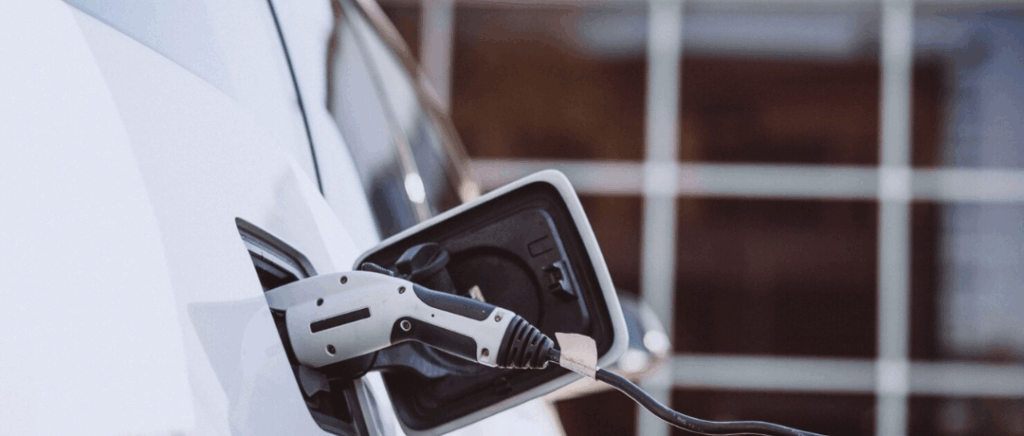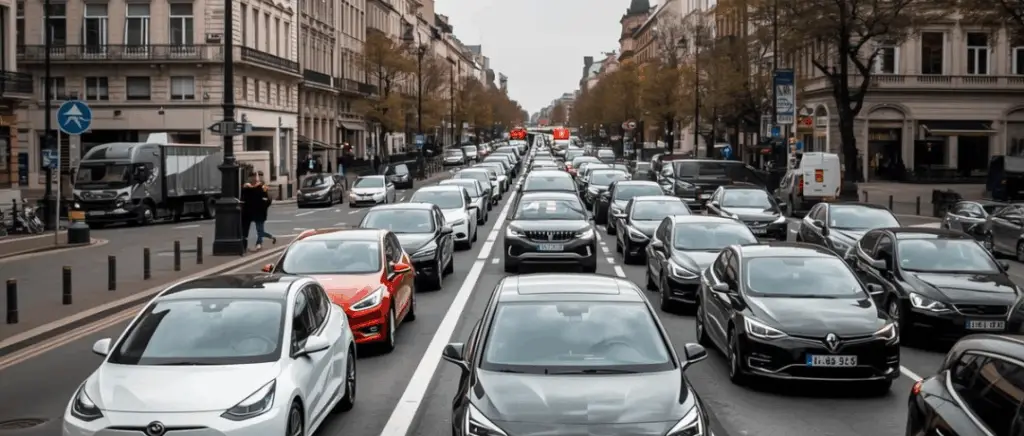Monday to Friday
9am - 12.30pm - 2pm - 7pm
The effects of heat on battery performance and durability
Accelerated deterioration and loss of capacity
High summer temperatures pose a significant risk to the longevity and efficiency of electric batteries, particularly those used in electric vehicles. Prolonged exposure to heat can accelerate the degradation of essential components in the batterysuch as electrodes and electrolytesThis leads to a reduction in energy storage capacity.
What impact will this have on chemical reactions?
At high temperatures, the chemical reactions inside the battery cells occur more rapidly. This acceleration can be particularly harmful to the electrodes, where the increased chemical activity can lead to premature degradation. Exposure to temperatures above 30°C can reduce the life of a lithium-ion battery, sometimes by more than 20 % compared with normal conditions.
Electrolytes, which facilitate the flow of ions between electrodes, are also vulnerable. High temperatures can cause the solvents in electrolytes to evaporate, reducing their efficiency and increasing the risk of internal short circuits. Heat can induce microscopic cracks and swelling in electrode materials, compromising the structural integrity of the battery.
Understanding the effects of heat on battery components is therefore essential for professionals, and adopting appropriate thermal management strategies and recharging practices is crucial to minimising these negative impacts and ensuring that electric batteries last as long as possible.
The challenges of recharging at high temperatures
Charging electric vehicles (EVs) during periods of intense heat raises a number of issues that impact on both battery performance and longevity:
- Increased thermal stress during recharging: in hot weather, this can push the battery's internal temperature beyond safe thresholds, risking thermal runaway.
- Accelerated degradation, reducing its capacity to store energy.
What are our recommendations?
We recommend recharging electric cars during the cooler periods of the day to avoid exposing the battery to extreme temperatures.
In addition, it may make sense to use advanced thermal management systems. In fact, some models incorporate liquid cooling systems that help to regulate battery temperature during recharging, keeping the temperature within an optimum range.
By integrating these practices and technologies, professionals can extend the life of the batteries in their electric vehicles and guarantee constant performance, even in difficult climatic conditions.
Also read → Preconditioning an electric car battery
Battery thermal management systems (BTMS)
Battery Thermal Management Systems play a crucial role in maintaining the longevity and efficiency of electric vehicle batteries, especially in extreme climatic conditions. These systems are designed to keep batteries within an optimum temperature range, minimising the risk of premature degradation and thermal runaway.
How do they work?
BTMS regulate battery temperatures using a variety of cooling and heating methods, including liquid cooling, air cooling and, in some cases, electric heating systems for cold climates. For example, liquid cooling, which is often used in top-of-the-range vehicles such as Teslauses a fluid to absorb heat from the battery cells and dissipate it outside the vehicle. This method is renowned for its ability to maintain the temperature of the battery cells uniformly, even during rapid charging or at high outside temperatures.
What are the advantages?
Vehicles equipped with advanced thermal management systems have shown a significant reduction in capacity losses and an increase in battery life. For example, liquid cooling systems can reduce battery temperature peaks by up to 15°C, which is essential when charging quickly or operating in hot environments.
The electric city cars as the Fiat 500e or the Renault Twingo e-Tech use an air-cooling system, which is simpler and cheaper than liquid cooling, but can be less effective in extremely hot climates. On the other hand, more sophisticated systems such as those used by Tesla enable more precise temperature regulation, resulting in better overall performance and greater autonomy.
BTMS are therefore not only essential for performance and safety, but also play a key role in vehicle energy efficiency. By maintaining batteries at their optimum temperature, BTMS enable vehicles to operate more efficiently, reducing energy consumption and increasing the distance vehicles can travel per charge.
What professionals recommend
For professionals operating or managing electric vehicles, adopting effective heat management practices is essential to optimising performance and extending battery life. Here are some strategic tips based on studies and recommendations from experts in the field.
Parking in the shade
Parking in the shade or in covered environments can significantly reduce the internal temperature of a vehicle and therefore of the battery. According to a study of the National Renewable Energy LaboratoryParking in the shade can reduce a vehicle's interior temperature by up to 6°C compared with parking in direct sunlight. This simple measure can reduce the need for intense cooling when starting the vehicle, thereby reducing the load on the battery.
Pre-conditioning the battery before the journey
Preconditioning your electric car's battery before starting a journey, particularly on hot days, can improve its efficiency. Preconditioning can be activated via a mobile app or settings on the vehicle's dashboard. This allows the battery to start operating in its ideal temperature range, improving fuel efficiency and vehicle performance. Preconditioning can improve battery performance 10 to 15 % depending on weather conditions.
Schedule recharging during cooler periods
Charging your electric vehicle during the cooler hours of the day, often early in the morning or late at night, can reduce the risk of overheating and thermal runaway. Lower ambient temperatures during these hours help to maintain the battery at an optimal temperature throughout the charging process. Night-time charging can reduce the average charging temperature of the battery by 5 to 8°C, which is beneficial for the long-term health of the battery.
Also read → What is the use of a heat pump on an electric car?
What innovations and technological advances are there?
Improving materials and battery design
Advances in battery materials are at the heart of innovations designed to improve the energy density and longevity of batteries, especially in high-temperature conditions.
The importance of nickel in modern batteries
Nickel is used to increase the energy storage capacity of batteries, which not only improves energy density but also extends battery life in hot conditions. Batteries with a high nickel content, such as those using NMC chemistry (nickel, manganese, cobalt), are particularly effective in maintaining good performance even at high temperatures. Research have shown that NMC batteries can maintain a higher capacity and offer greater resilience to thermal degradation compared with less nickel-containing options.
TeslaFor example, it has opted to use high nickel content cathodes in its Model 3 and Model YThis has improved both energy density and heat resistance. This approach has led to a significant increase in vehicle range and a reduction in the incidence of battery degradation at high temperatures.
In addition to nickel, other material innovations include the use of advanced materials for electrolytes and separators, which are designed to perform optimally over wide temperature ranges. For example, some research is focusing on the development of solid electrolyte batteries which, in theory, could support better thermal performance and reduce the risk of thermal runaway.
These hardware advances not only improve performance and safety, they also pave the way for battery applications in more demanding environments and support the wider adoption of electric vehicle technology, better meeting the needs of professional users in terms of durability and reliability.
Le regenerative braking and its impact
Regenerative braking is a key technology that plays a crucial role in improving energy efficiency and extending battery life, especially in summer driving conditions. This function recovers some of the kinetic energy during deceleration and converts it into electrical energy, which is then stored in the vehicle's battery.
How does it work?
When a driver lifts off the accelerator or presses down on the brake pedal, the regenerative braking system turns the electric motor into a generator, recovering energy that would otherwise be lost as heat through conventional brakes. This recovered energy is then used to recharge the vehicle's battery.
What is the impact on energy efficiency and battery life?
Regenerative braking significantly improves energy efficiency, particularly in urban environments where frequent stops allow optimum energy recovery. For example, regenerative braking can increase the range of electric vehicles by up to 10 to 25 %, depending on driving conditions and vehicle model. This increase in range is particularly beneficial during the summer months, when increased use of air conditioning can otherwise reduce the vehicle's effective range.
What are the other benefits during the summer?
In summer, the regenerative braking system also helps to reduce the thermal load on the battery. By minimising the use of conventional brakes, which generate heat, and increasing energy recovery, the system helps to keep the battery in a lower, safer temperature range. This is crucial in preventing premature ageing of the battery due to excessive heat, extending its useful life and reducing maintenance requirements.
Also read → 10 innovations that promise to revolutionise electric car technology
Conclusion
Understanding and managing the impact of summer heat on electric vehicle batteries is therefore crucial for professionals. Adopting best practices such as regenerative braking, using advanced thermal management systems, and scheduling charging during the coolest hours can significantly improve battery durability and efficiency. These measures not only extend the useful life of batteries, but also ensure optimum vehicle performance in demanding climatic conditions, contributing to sustainable and efficient mobility.
